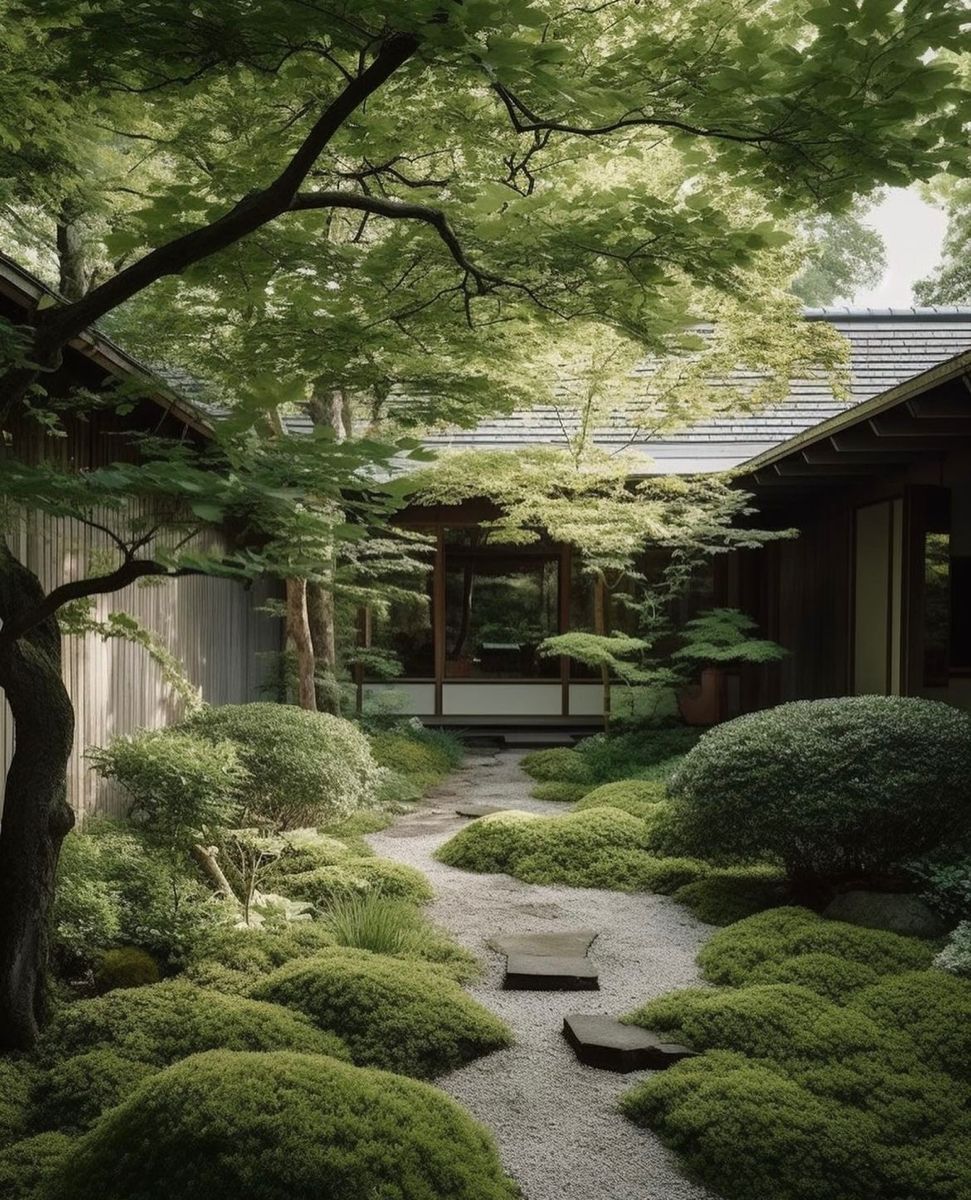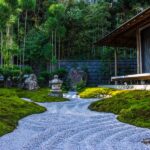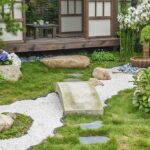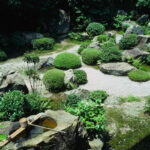Japanese garden design is a unique and intricate form of landscaping that has been perfected over centuries. The design principles of Japanese gardens are rooted in ancient traditions and aim to create a harmonious and serene balance between nature, architecture, and the human spirit.
One of the key features of Japanese garden design is the concept of “borrowed scenery,” known as shakkei in Japanese. This design technique incorporates the surrounding landscape, such as mountains, forests, or buildings, into the garden’s composition, creating a seamless connection between the garden and its surroundings. By incorporating elements of the natural environment, Japanese gardens enhance the sense of tranquility and peace within the space.
Another important principle in Japanese garden design is the use of asymmetry and irregularity. Unlike traditional Western gardens that often strive for symmetry and order, Japanese gardens embrace the beauty of imperfection and irregularity. This design philosophy is known as wabi-sabi, which celebrates the transient and imperfect nature of life.
Water features, such as ponds, streams, and waterfalls, are common elements found in Japanese gardens. Water is believed to purify the soul and create a sense of tranquility. The sound of flowing water and the reflection of light on the surface creates a calming atmosphere and enhances the overall sensory experience of the garden.
The use of rocks and stones is another characteristic feature of Japanese garden design. Rocks are carefully selected and arranged to mimic natural formations, such as mountains, islands, or rivers. These rock arrangements, known as ishidatami, create a sense of balance and rhythm within the garden, as well as serve as focal points for meditation and contemplation.
Plants and vegetation play a crucial role in Japanese garden design, with an emphasis on creating a sense of seasonal change and impermanence. Trees, shrubs, and flowers are selected for their symbolism and aesthetic qualities, with careful consideration given to their seasonal characteristics and colors. By rotating and changing the plantings throughout the year, Japanese gardens create a dynamic and ever-changing landscape that reflects the beauty of nature in all its forms.
















